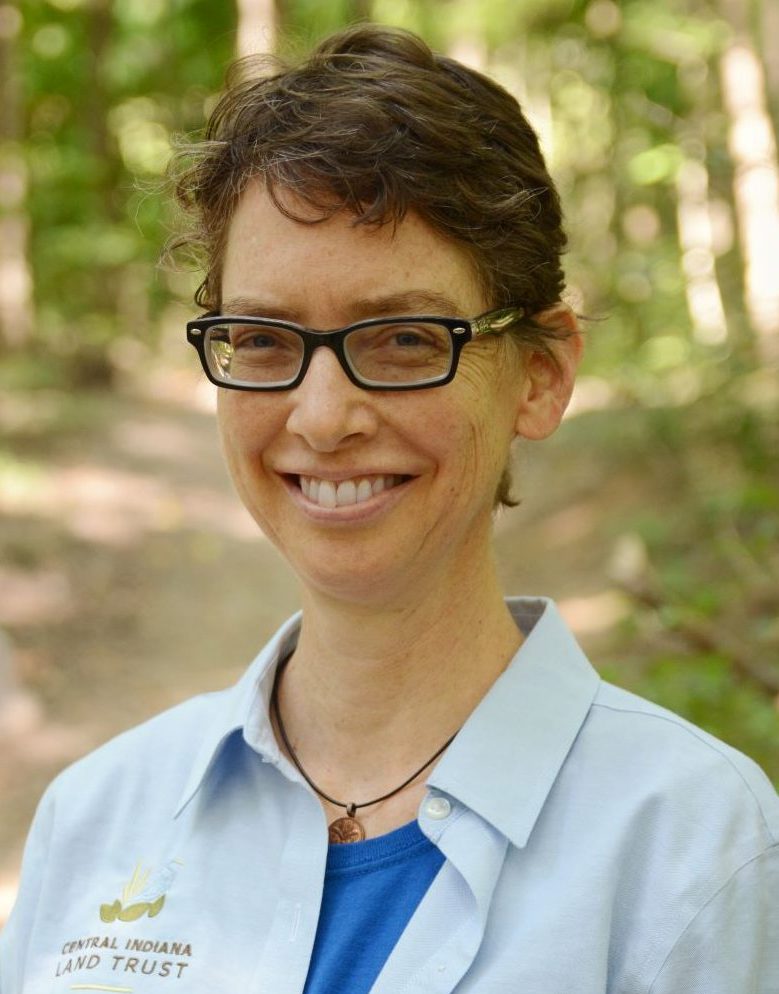They came, they saw, they carried.
Members of our stewardship team completed a “pack test” recently as part of fire training. Their task? Carry a 50-pound backpack for 3 miles in less than 45 minutes.
Everyone passed, taking the team one step closer to being able to lead controlled burns on our properties.
Facilitated by Stuart Orr, prescribed fire program manager for The Nature Conservancy of Indiana, the field day capped off several days of intensive online training. After passing the required virtual modules (with material from FEMA and other sources) Jamison, Grace and Phillip traveled to northern Indiana to complete the field portion of the certification. The field day also included hands-on experience with tools, so now team members know their way around a drip torch, fire rake and other essential tools.
The “stewies” are now ready to help our partners with their prescribed burns. With March offering up ideal conditions for burning natural areas, the requests are starting to come in. Each time they participate in a burn, our team will gain on-the-ground experience—while supporting restoration projects for the Indiana DNR and The Nature Conservancy. Eventually, they will be ready to take the lead on burning CILTI’s fire-dependent properties.
As a natural process, fire has always been a key shaper of natural areas, but in modern times it is largely suppressed. So conservation professionals increasingly use controlled burns to help restore oak woodlands and prairies. Fire is an excellent tool for controlling woody volunteers and invasive plants.
We have used fire (so far) on two preserves: Nonie Werbe Krauss Nature Preserve (in 2017) and the Laura Hare Preserve at Blossom Hollow (in 2020). Both were led by Davey Resource Group, an environmental consulting firm.
In an oak-hickory forest like Blossom Hollow, a prescribed burn helps to control woody invasives and maples while allowing fire-resistant hardwoods to thrive. Fire blisters the base of young maple trunks, weakening their resistance to pathogens. As these trees are knocked back, the thinning of the understory allows light to filter through, so more native shrubs can thrive.
On a prairie, reducing woody plant growth through fire promotes the biodiversity that is key for pollinators and wildlife. Reducing thatch buildup creates habitat for ground-nesting birds.
Congrats to our stewies on this milestone!
For more about the use of fire as a restoration method, see this article from the National Park Service.

Shawndra Miller
Communications Manager